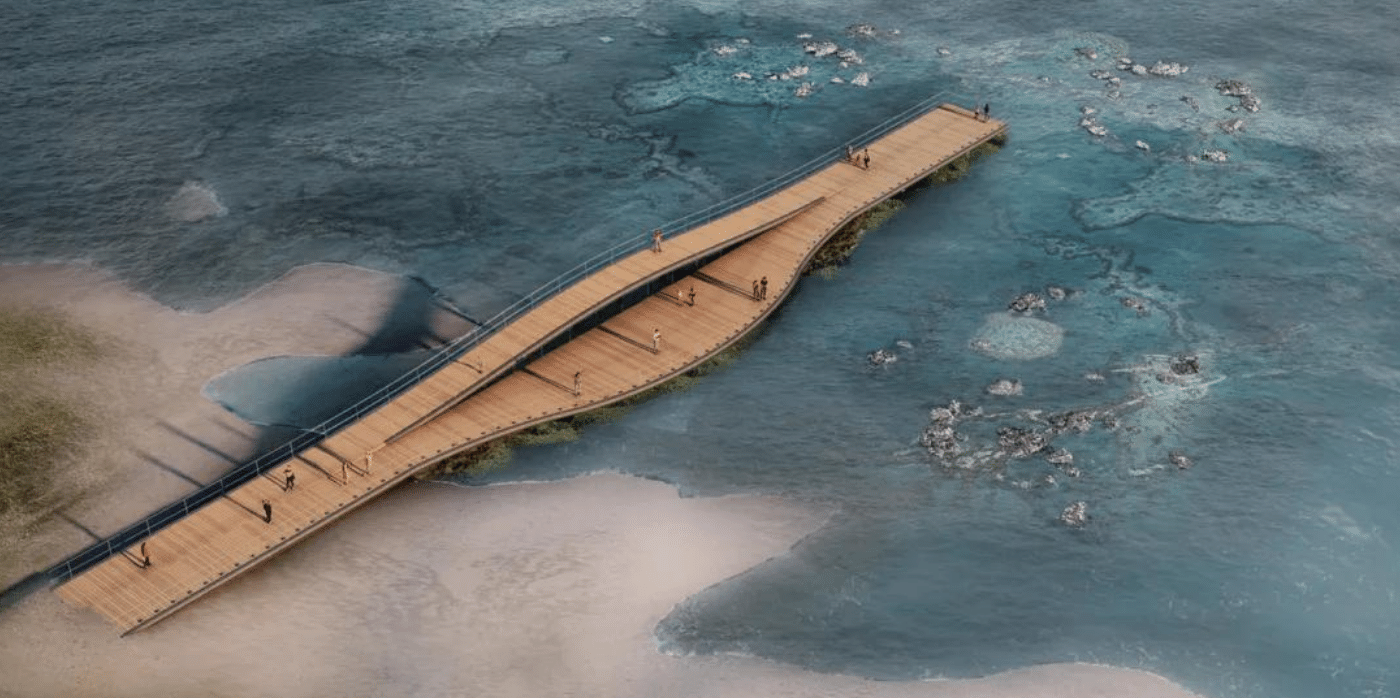Spotted: What if, instead of scattering your loved ones’ ashes into the ocean, you could give them a more permanent resting place that would also help regenerate marine ecosystems?
This is the idea behind Resting Reefs, a system of 3D-printed artificial reefs designed to be made from cremated remains. The project was developed by Louise Lenborg Skajem and Aura Elena Murillo Pérez, graduates of the Royal College of Art in London.
The Reefs are designed to provide a habitat for marine life, helping to restore biodiversity in areas where natural coral reefs have been destroyed. According to the developers, each reef can support up to 16 different species of marine life.
To test their design, the team used animal bones and pulverized oyster shells—in place of human remains—to make a composite that may be 3D-printed into stippled mounds. The mounds resemble the form and natural growth pattern of stromatolite reefs, which are made up of microorganisms like blue-green algae.
Forming cremated ashes into solid reef mounds also provides surviving family members with a permanent place to pay respects to their loved ones.
The reefs are intended to be placed in shallow waters near the shore – where they can provide a home for small fish and other creatures. Eventually, the developers hope to create a version of the reef that can be used in deeper waters.
The Reefs are designed to provide a habitat for marine life, helping to restore biodiversity in areas where natural coral reefs have been destroyed. According to the developers, each reef can support up to 16 different species of marine life.
Other reef-related innovations spotted by Springwise include underwater ‘coral cities’ that revive marine life, ‘coral IVF’ used to re-populate damaged reefs, and bacteria that protect reefs from heat stress.
Written By: Katrina Lane
21st April 2022
Website: restingreef.co.uk
Contact: restingreef.co.uk/contact

